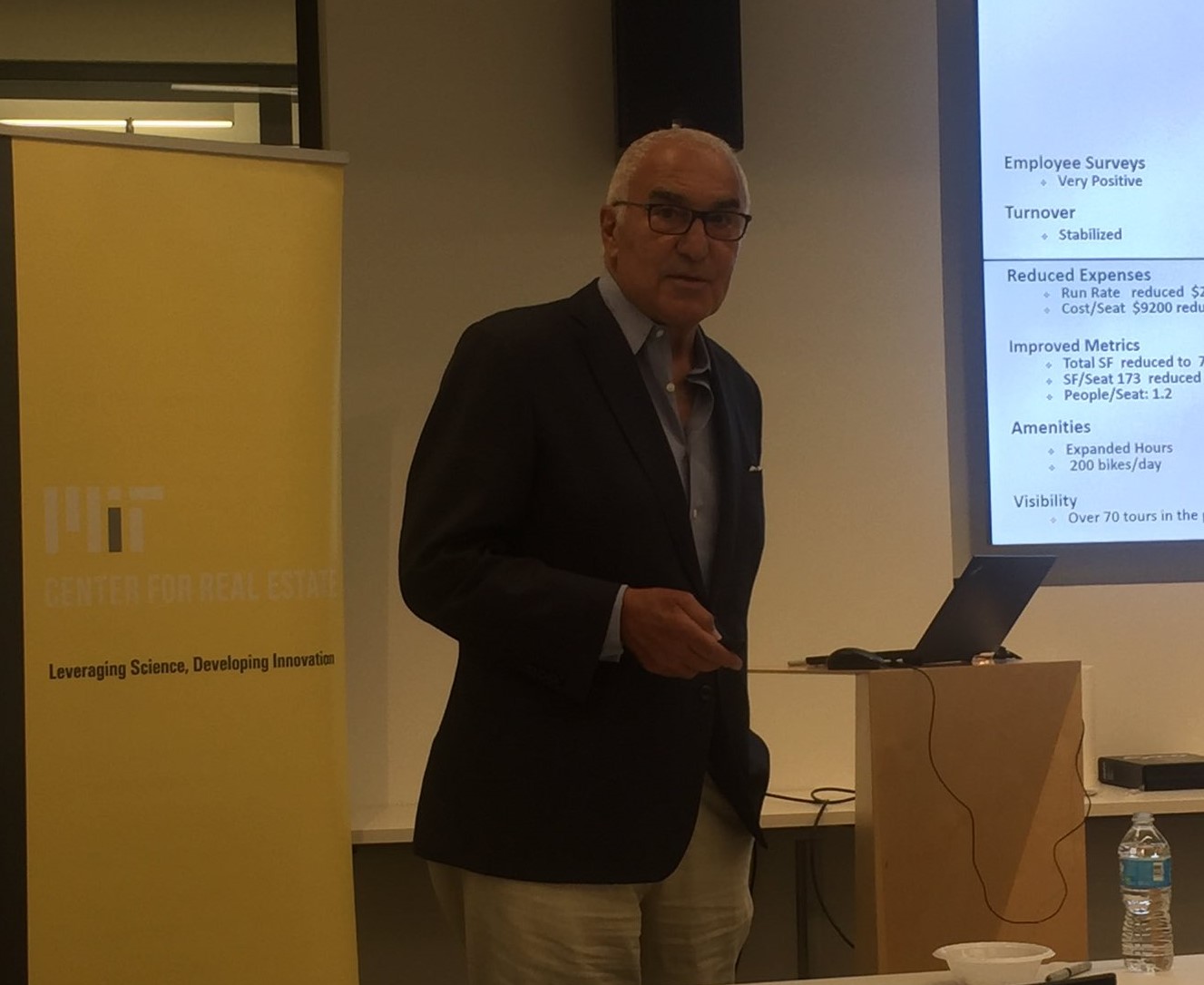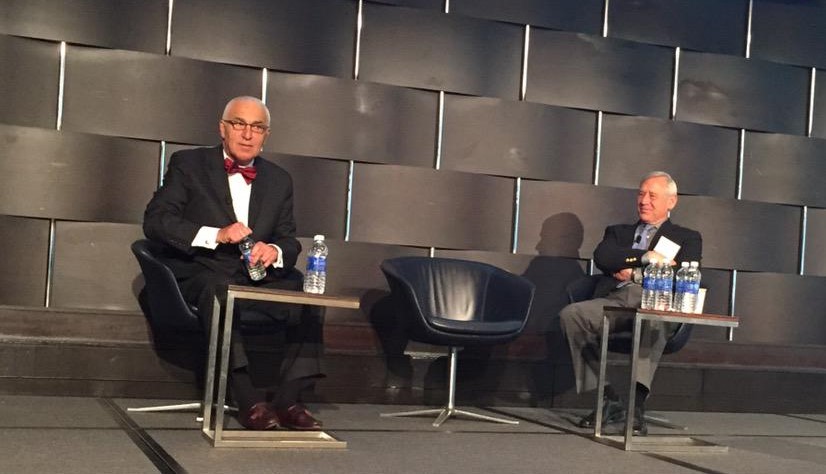Ray Torto was an important teacher and mentor for me. His recent passing has put me in a reflective mood about the things I learned from him. I owe much of the success in my career to his ability to teach.
In 1996, I packed up my life in Chicago and drove out to Boston to work for Torto Wheaton Research. Ray Torto and Bill Wheaton set up an innovative business in the early 1980s as personal computer technology allowed new types of analysis to flourish.

Bill is now an emeritus professor at MIT and continues to push the boundaries of knowledge in our industry. Here’s hoping that he continues to do so for decades ahead so that I can continue to learn from Bill as well. What I learned from Ray though was qualitatively different than what I learned from Bill.
One time after getting my ears pinned by Bill in a research meeting, Ray pulled me aside and told me “Jim, guys like me and you, we are never going to be as smart as Bill. What we need to do is ask questions and get him to react to the questions.” There is a strength in recognizing your limits. Find others with the skillsets you need and partner with them to achieve greatness.
Ray Looking Dapper at an MSCI Event

The early part of my career at Torto Wheaton Research was all about processing data and helping to implement the models of the property market that Bill devised. Over time though, Ray taught me that none of that work is any good if you cannot explain any of it. “Make it simple enough for my mother to understand. Not that my mother was an unintelligent woman, just do not use jargon.“ That was a line he used time and again.
As a young analyst though, explaining models and performance data using jargon was easier to do. The jargon was a crutch though. Ray showed amazing patience with me during the first few years working at Torto Wheaton. When I felt incapable of explaining the results of models using anything but technical terms, he calmly walked me through examples of how he would approach topics. I use that same approach today as I work with younger folks and help try to bring them into our industry.
That calm explanation of how to approach a topic was part of how he presented himself. Always be a gentleman. Later in my career at Torto Wheaton as the firm transitioned over to become CBRE Econometric Advisors I picked up lessons from Ray on how to present well. “Always dress better than your audience.” But, what else could Ray say as the son of a tailor? Still though, to this day I follow that lesson and relish the opportunity to put on a nice tie before speaking at an event. The look helps sell the message.
The last time I saw Ray I was stepping in to provide a guest lecture at his class at Harvard. Even though I no longer reported to Ray, I still worked for him. His colleagues at Harvard joked that Ray had a good gig, getting paid to teach while roping in those from his orbit in the industry to provide guest lectures. It was, honestly, an honor.
Visiting with Ray afterward he noted, “Jim, you should meet a nice girl in New York and bring her up with you to Marblehead some weekend and visit us there at the cottage.” I responded, “Ray, you know there are no nice girls in New York.” That saucy comment got the intended laugh. If you knew Ray though, some of his comments were saucier. If you are lucky, I will tell you some funny stories on that point over a good glass of scotch, Ray’s favorite.
The important thing from that visit was that I was able to thank him for what he had done to help me along my way. I continue to be grateful that I was able to thank him as it pointed to the most important lesson he taught me.
The most valuable thing any of us have is our time. We only have so much of it, and when it is gone it is gone. Who we give our time to defines us. Make every moment count and do not leave things unsaid.
Thank you, Ray.
Author’s note:
The first article I wrote outside of client notes at Torto Wheaton Research was published in Real Estate Issues. I wrote that article and submitted it to Real Estate Issues at Ray Torto’s suggestion.






